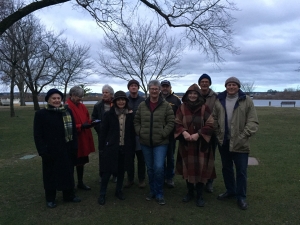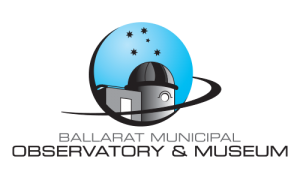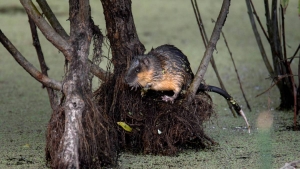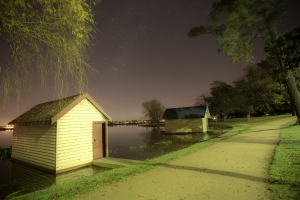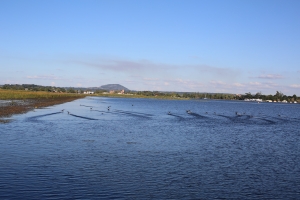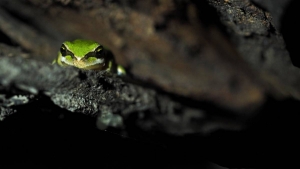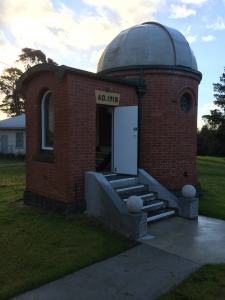Wendouree graphs to 2023 Nov (1)
Friends of Lake Wendouree Natural Environment
The wildlife at Lake Wendouree have the greatest diversity nearest the Lake.
The Biosis Report for the Lake reported that any extra light from the proposed 225x 5m lights would make no difference considering the existing urban ambient light.
Our Insect Survey begun on 8th December shows the above to be misleading at best.
At the Test Light located in the Insect Survey the percentage of insects on the first evening at this light alone is 1875% greater than the Control UV light nearby beside the pond, where a request to Council not to install lights was made.
The appearance of the insects at the Test Light was almost instantaneous as the survey began as they were already in the vicinity drawn by the light. whereas at the low level Control UV light, the number of insects was minimal due to the insects not being greatly disturbed. At night, especially when it is cold, as it was, the insects gather in the warmest areas within the grasses etc and the dark protects them from predators.
At the Street light directly across the road, no insects were sighted under the Lamp or on the concrete ground for the Stop Count. The street light being much higher and the ground under it being concrete, was not an ideal place for insects to gather, given the distance from the water source, producing a percentage of 7500% greater number of insects at the Test Light.
What does this tell us so far: That the 225x5m LED lights will draw millions of insects away from the Lake during their lifetime, that pedestrians have a greater chance of colliding or being bitten by mosquitos, that many tiny insects will die under the feet of pedestrians and that the biodiversity of the foreshore at the Lake will inevitably decline.
The second evening under a New Moon the increase in temperature and humidity saw an increase in insects at all sites and at Site 1 an explosion in the number of insects, particularly: small insects, a variety of moth appearing like a small stick at rest and many mosquitos, an opportunist small spider had wound it’s web around and down the light pole trapping many small insects. The Mosquito numbers were estimated at 30-40 around each surveyor, and this level of activity was extremely uncomfortable and led to many bites.
The third night survey demonstrated how wind velocity can vary at a micro-climate level producing specific local conditions affecting wildlife. A Venturi Effect was in action at the Test Light, Site 2 and this produced an increase in the velocity of the wind to at least 4m to the West of the light. This Venture Effect created unpleasant conditions for insects and the number of insects at the light was considerably less than the previous two evenings. The nearby Test Light was not affected by the Venturi Effect and the disturbance to vegetation was clearly reduced with more insect numbers visible even at a distance from the surveyed Test Light. It is clear that vegetation renewal is essential for the protection of habit for the wildlife and this need is apparent in sections around the Lake where vegetation is reduced and in decline.
This video was taken on Saturday 10th February near the lily pond, an area of rich biodiversity, Diurnal species resting and Nocturnal species active.
Rakali Section this group of interested people are supporting a Rakali Survey at the Lake. The survey is supported by the Australian Platypus Conservancy.
____________________________________
Observation Records and Breeding Summary of Blue-billed Ducks Oxyura australis in Victoria from 2015 to mid-2021 Indicating Species Decline.
Based on data from VBA – Victorian Biodiversity Atlas, eBird Australia and Birdata (Birdlife Australia) along with Relevant Site Observations, Lake Knox, Victoria.
Authors : John Cull, Kevin Newman and Russell Plew October 2021
______________________________________
3rd March 2022 FoLWNE supported by a majority of votes has moved to become a Working Group under the Ballarat Dark Sky Community.
______________________________________________________________________________________________
17th August 2018 – Formation of FoLWNE
A gathering of citizens on the foreshore of Lake Wendouree met on Friday 17th August 2018 to support the natural environment at Lake Wendouree. 13 people, a number representing other 6 community groups and 4 apologies.
17th August 2018 Groups represented at Formation: Local Residents Jenny Burrell, Annette Ferguson, Pam Griffiths, Birdlife Australia / Ballarat President Louise Humble and Roger Thomas, Field Naturalists Club of Ballarat President John Gregurke, Friends of Canadian Corridor Jeff Rootes, Federation University Dr Penny Greenslade, International Dark-Sky Association Victoria President Dr Russell Cockman, IDAVic Secretary Judith Bailey &(BAS) Ballarat Astronomical Society (BAS)Doug Stenhouse, Ballarat Heritage Watch Merle Hathaway and Sharon Upham.
.